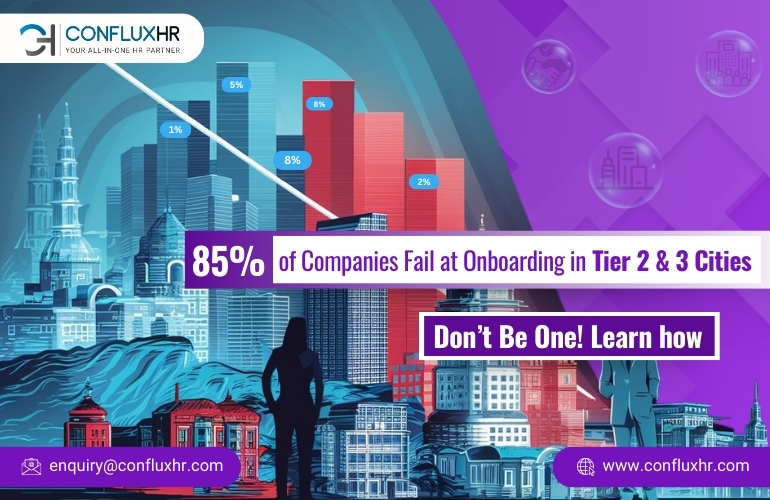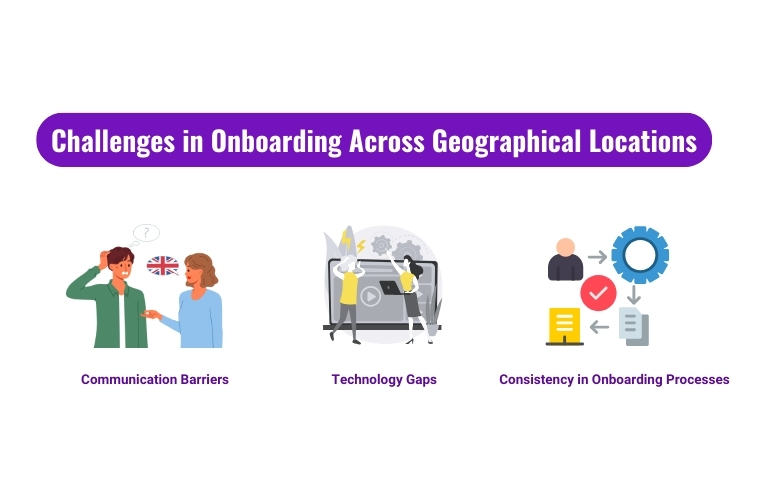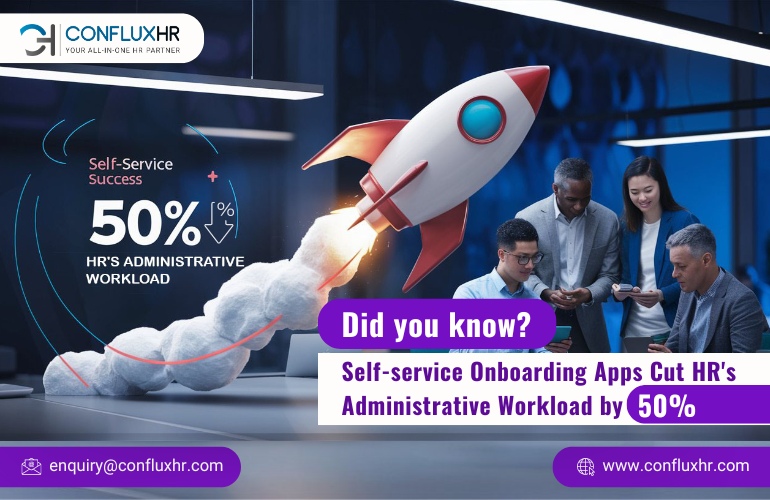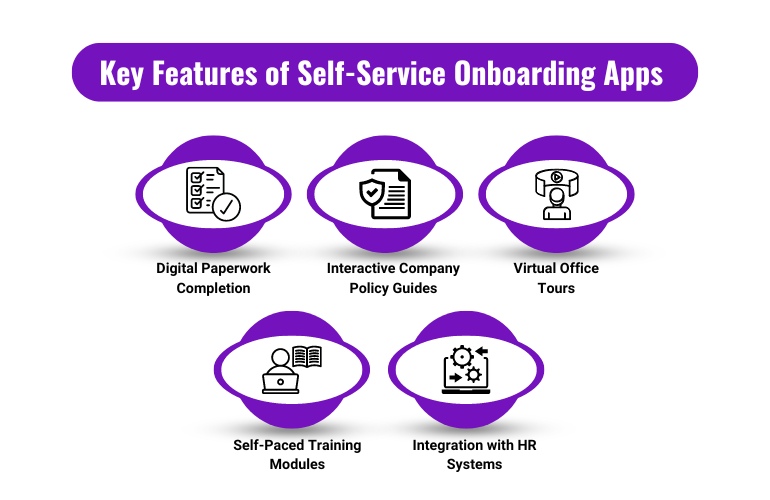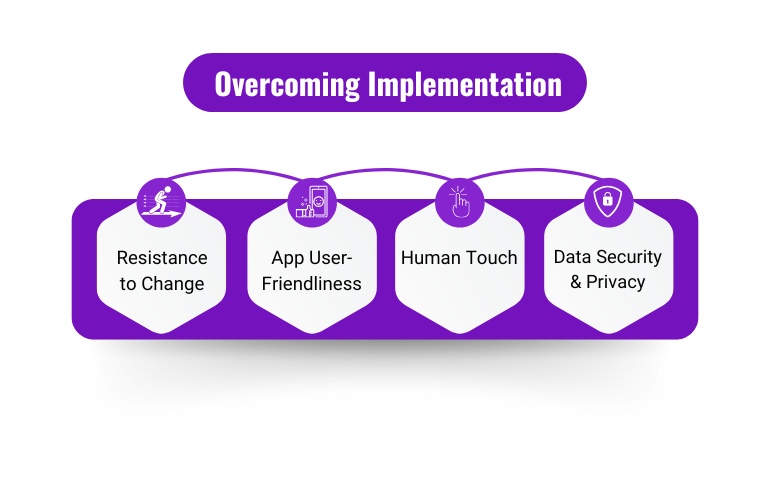As businesses continue to grow and expand their operations beyond metro cities, the focus on effective employee onboarding becomes increasingly crucial. The transition to Tier 2 and 3 cities presents unique challenges, but with the right strategies, companies can ensure a seamless and engaging onboarding process that sets their new hires up for success.
Understanding Workforce Diversity in Tier 2 and 3 Cities
First things first, it’s essential to understand that the workforce in Tier 2 and 3 cities is not the same as in metro cities. These differences go beyond just the geographical location.
Demographic Differences: The workforce in smaller cities often has different demographics. Depending on the region, you might find a younger or older workforce with varying educational backgrounds and experiences. This diversity can be a strength if leveraged correctly.
Cultural Nuances: Every region has its own cultural intricacies. The way people communicate, their work ethics, and even their expectations from a job can differ. For instance, while employees in metro cities may be accustomed to a fast-paced work environment, those in Tier 2 and 3 cities may value a more balanced approach.
Skill Set Variations: The skill sets in these cities can vary widely. While some regions may have a surplus of highly skilled workers in specific industries, others may not. Understanding these differences is key to creating an onboarding process that is both effective and inclusive.
Challenges in Onboarding Across Geographical Locations
Expanding to new cities brings its own set of challenges, especially when it comes to onboarding new employees.
Communication Barriers: One of the most common challenges is communication. Language can be a barrier, especially if your onboarding materials are in a language that new hires aren’t comfortable with. It’s important to ensure that all communication is clear, concise, and, where necessary, translated into local languages.
Technology Gaps: In metro cities, employees are often familiar with the latest technology and tools. However, in Tier 2 and 3 cities, there might be a learning curve. It’s essential to address these gaps by providing comprehensive training and support.
Consistency in Onboarding Processes: Ensuring that your onboarding process is consistent across all locations is vital. This means standardizing the process while also allowing for local customization. The goal is to ensure that every new hire, regardless of location, has a similar onboarding experience.
Strategies for Effective Onboarding in Tier 2 and 3 Cities
So, how can companies ensure that their onboarding process is effective across different geographical locations? Here are some strategies:
Localized Onboarding Programs: Tailor your onboarding program to meet the specific needs of each location. This could mean adjusting the training materials, offering language support, or incorporating local customs and traditions into the onboarding process.
Use of Digital Tools: Leverage technology to provide a consistent onboarding experience. Virtual onboarding platforms can be particularly useful for delivering training and resources to new hires, no matter where they are located.
Mentorship Programs: Pairing new hires with mentors who are familiar with the local culture can help bridge the gap between different locations. These mentors can provide guidance and support, helping new employees feel more comfortable and integrated into the company.
Engagement Activities: Organize activities that build team cohesion while respecting local traditions. This can help new hires feel more connected to the company and their colleagues, fostering a sense of belonging.
Role of Technology in Bridging the Gap
Technology plays a crucial role in bridging the gap between different locations and ensuring a seamless onboarding process.
Virtual Onboarding: Virtual platforms allow you to deliver a consistent onboarding experience, regardless of location. New hires can access training materials, resources, and even connect with their peers and managers virtually.
Digital Learning Management Systems (LMS): Implementing an LMS allows you to provide ongoing training and development to your employees. This is particularly important in Tier 2 and 3 cities, where there may be a greater need for continuous learning.
Onboarding Software Solutions: HRMS systems, like ConfluxHR, can centralize and standardize the onboarding process across all locations. These solutions can help manage everything from documentation to training, ensuring a smooth and efficient onboarding experience.
Case Studies and Success Stories
Let’s take a look at some companies that have successfully expanded to Tier 2 and 3 cities with strong onboarding processes:
Example 1: A leading IT company expanded to several Tier 2 cities, where they implemented a localized onboarding program. This program included language support, mentorship, and regular feedback loops, which helped new hires integrate seamlessly into the company culture.
Example 2: Another company used a digital-first approach to maintain consistency in their onboarding process across all locations. By leveraging virtual platforms and digital tools, they were able to provide a uniform onboarding experience, resulting in higher employee satisfaction and retention rates.
Measuring Onboarding Success
To ensure that your onboarding process is effective, it’s important to measure its success regularly.
Key Metrics: Track retention rates, employee satisfaction scores, and time to productivity. These metrics can provide valuable insights into the effectiveness of your onboarding process.
Feedback Loops: Gather feedback from new hires to continually improve the onboarding process. Regularly reviewing and updating your onboarding program based on this feedback can help ensure that it remains effective and relevant.
Continuous Improvement: Use data and feedback to iterate and enhance your onboarding process over time. This will help you stay ahead of the curve and ensure that your onboarding process continues to meet the needs of your growing workforce.
Conclusion
As companies expand from metro cities to Tier 2 and 3 cities, maintaining onboarding excellence is more important than ever. By understanding the unique challenges and opportunities presented by these new locations, and by implementing effective strategies and leveraging technology, companies can ensure a seamless and successful onboarding process that sets their new hires up for success.
Call to Action: Invest in robust onboarding processes that cater to the diverse needs of your growing workforce and watch as your company thrives across all locations.


